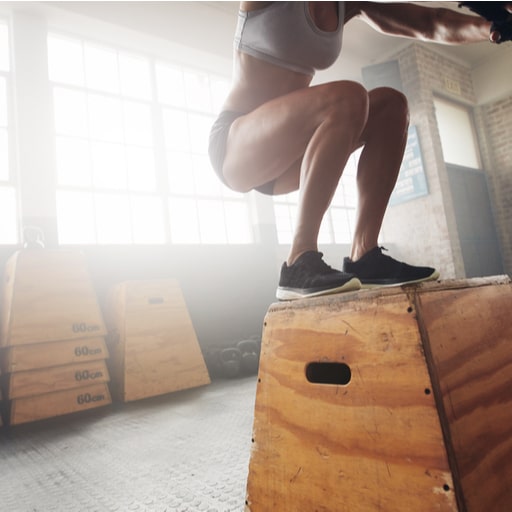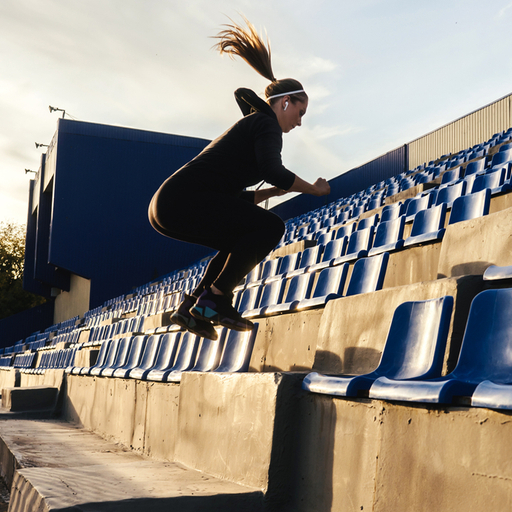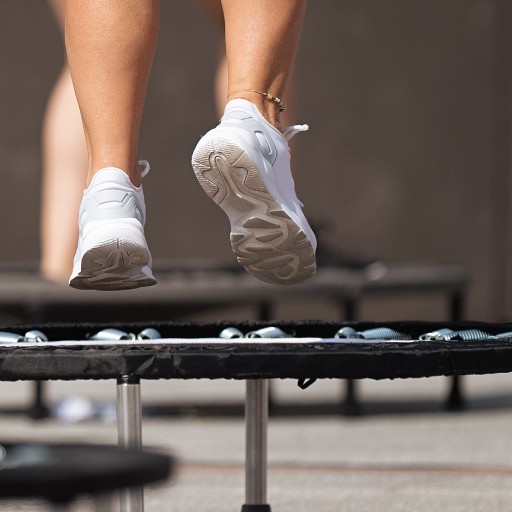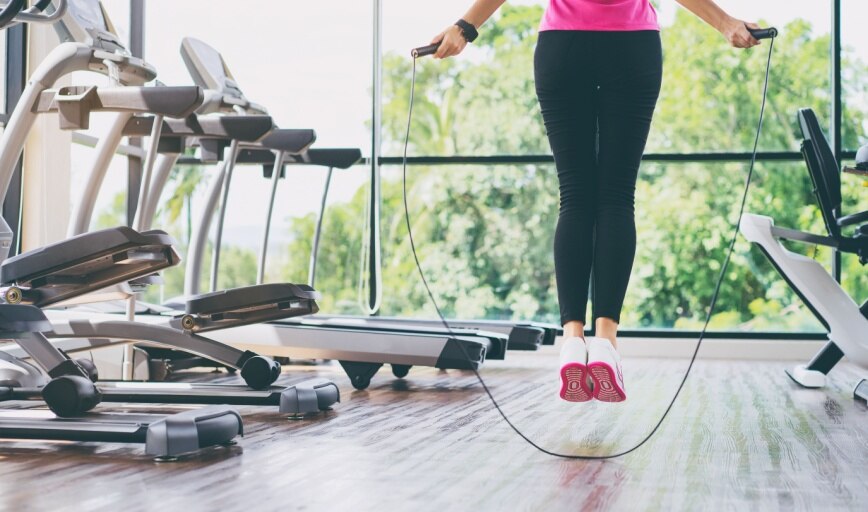What you need to know:
Why do we choose to jump?
Our #JumpForHealth challenge has been running for over five years. First launched in 2017, the campaign was developed for the dual purpose of improving our members’ health and an important charitable cause. For every 10,000 jumps we received, Aditya Birla Health Insurance donated a prosthetic leg to a person in need.
What is jumping?
Jumping is a plyometric exercise that can help you stay fit. You can include it in your daily workout. If you are an athlete and play sports such as basketball, volleyball or football, it would be much more important to know how you can jump higher. Jumping higher has the added benefit of improving your balance, power, and agility.
What muscles are used during jumping?
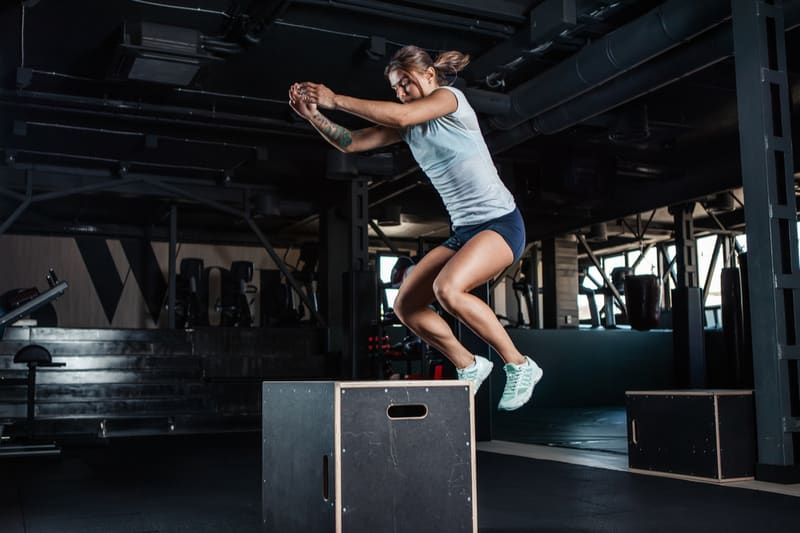

Jumping results in the extension of your hips, knees, and ankles. Muscles such as glutes, quadriceps, hamstrings, calves, abdominals and core are involved in making a jump possible. When you jump in the air, it shows the prowess of your lower-body strength. Jumping correctly develops power and strength, which gradually decreases as you age. It includes absorption of force that prevents injuries and improves coordination and bone density. Apart from your lower body, your core also plays a vital role in keeping you stable when you take off for a jump and land. The muscles of your arms are required for balance.
4 exercises that can help you jump higher
There are several exercises you can perform to increase the height of your vertical jump.
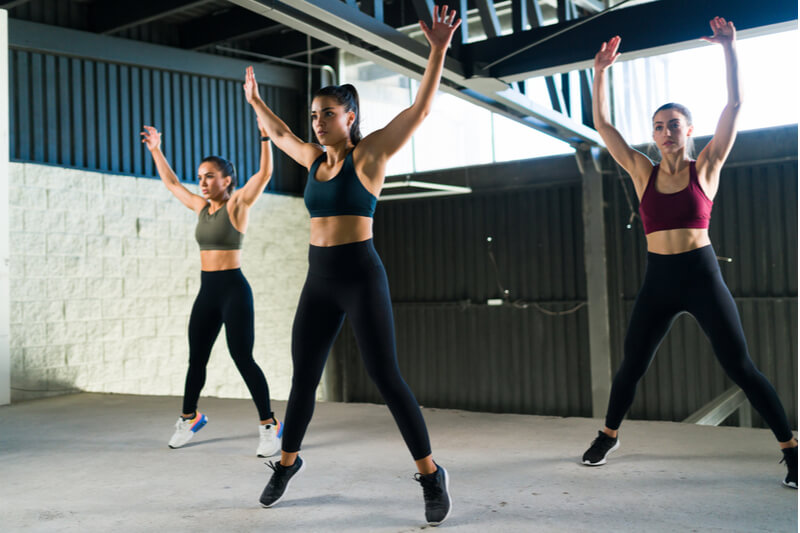

- Jumping jacks – This builds your lower body strength and helps you jump higher. It also increases your heart rate. Stand with your feet hip-width apart. As you jump up and spread your feet, ensure that you raise your hands above your head. Then jump back to the starting position with your hands by your side.
- Tucks – Stand with your feet hip-width apart and extend your arms palm down to chest height. Bend your knees in a quarter squat and jump straight up in the air with the balls of your feet. Pull your knees up to your chest as you jump and try to touch your knees to your palms. Land slowly with your knees slightly bent.
- Frog jumps – Stand with your feet wider than shoulder distance apart with your feet turned out. Squat down as low as possible and touch the floor with your fingertips. Swing your arms up and in front of your chest as you jump high. Land softly in the form of a squat to begin your next rep.
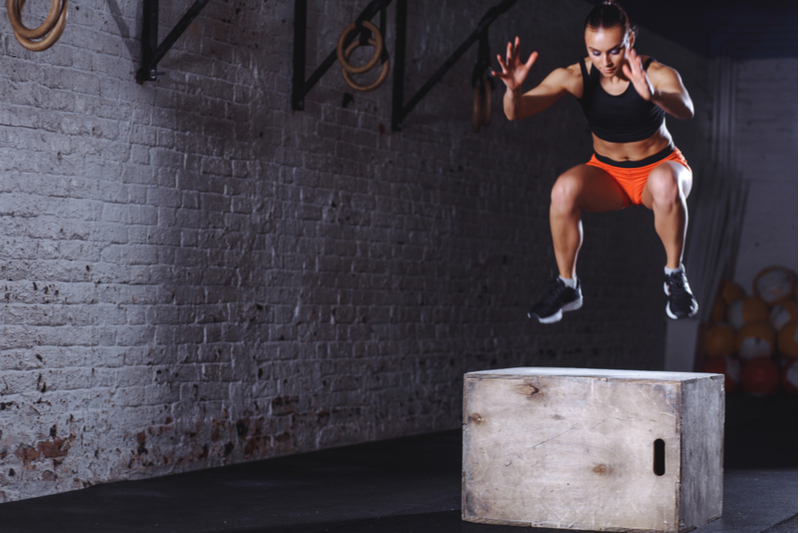

- Box jump – Stand with your feet hip-width apart and face a box. Bend your knees into a quarter squat and jump onto the box, landing with your knees bent and both feet in the middle. Stand up, step down one foot at a time and begin again.
Here is how to participate in #JumpForHealth:
Step 1: Shoot your jump video
Step 2: Upload on social media with #JumpForHealth and tag @abchealthinsurance
Step 3: Mention the number of jumps and nominate others to participate
Try these exercises to jump higher. Join us in our #JumpForHealth campaign and help us reach our target of donating 1000 prosthetic legs. For these exercises to make a difference, it is essential to do them consistently. Find out more on lifestyle and mindfulness-related topics on the Activ Living page.
Popular Searches
Natural Beta blockers | How to cure depression | Summer activities for kids | High bp symptoms | HIIT workout | How to increase platelet count | Dash diet | Systolic and diastolic blood pressure | High blood sugar symptoms | Tabata workout | Push ups for beginners | Benefits of zumba | How to prevent breast cancer | Homeopathic medicine for asthma | Fruits to avoid in pcos | Neck pain relief exercises |Yoga for heart | Healthy soup recipes | Anti aging foods | Vitamin rich foods












